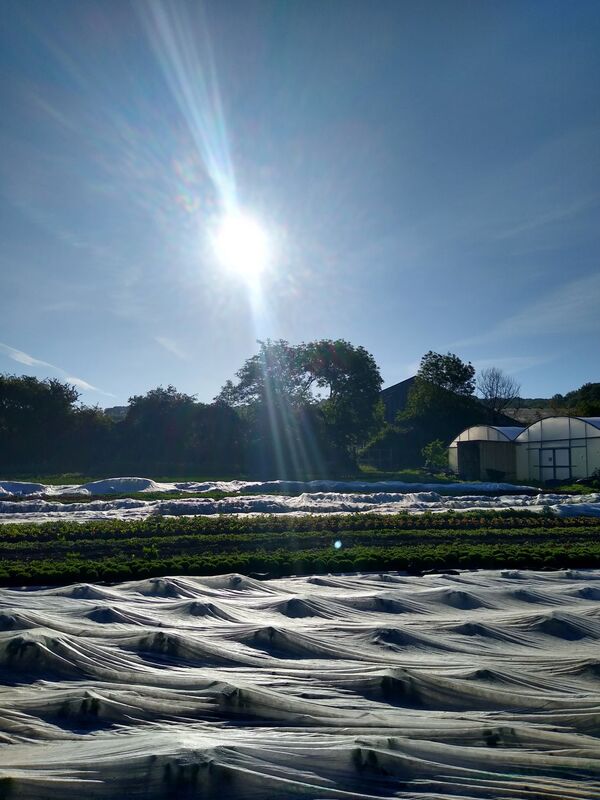 Lots more planting and everything is growing so fast! We have been spending the last couple of weeks continuing to prepare beds and plant them. We got a lot in the ground this week including more chard, perpetual spinach, more basil and sage (in the heat of the polytunnels!), new zealand spinach, lettuce, other salad leaves including mallow, orache, burnet and buckshorn plantain, beetroot, dwarf french beans, sweetcorn, more kale, and some globe artichokes. Next week...We will be continuing with planting next week - getting in more successions of beetroot, getting the squash in and some more kale and sowing some more carrots. We will also start to train some of the indoor tunnel crops such as the tomatoes, peppers and cucumbers - by sideshooting we will encourage more fruits, and we need to stake the peppers too. We have just started to prepare some of the beds that had early crops in such as turnips, radish, salads and kale in different ways, and something that is working especially well for us in this heat is solarization - this is where we mow down the old crop (and any weeds) and then lay down clear plastic over the bed weighed down with sandbags. This heats up and kills off and weeds and crop residue. It can mean that a bed can be ready to plant within a day without having to cultivate. It is very impressive and a useful technique for hot weather. It can also be really useful to create stale seed beds before we direct sow crops like carrots which otherwise have to compete with the weeds. In this case we usually have a cultivated bed that we water and let the first flush of weeds germinate and then lay the plastic over it for a day and all of the weeds are killed off. We can then sow into a weed free bed and the carrots can grow quickly with very little competition from the weeds. Saving seeds We grow a few crops for seed at Trill, some for our own use and to exchange with other growers and some comercially for small seed companies like Real Seeds and Tamar Organics. It is always interesting to see the crops full life cycle which would generally otherwise not be seen, for example with chard and parsnips that we are saving for seed this year. When they start flowering they grow very large and require supports which we put up this week. These crops were both sown last year as you would for growing the crop normally. We then selected the healthiest crops and those that fit to the variety characteristics and replanted them at wider spacings to allow good ventialtion when they get to flowering and seeding stage. We will be harvesting the seed in July/August for these. What's in the bags at the moment?
We are continuing to take on a few more organic veg bag delivery customers in Axminster and Seaton so please do get in touch if you would like to get an order from us. For those of you who have been getting the organic veg bag deliveries, we are getting more and more of our own produce now, and it is just potatoes that are not our own at the moment (potatoes will no longer be in the bags every week). We have had the first of the beetroot, broad beans, wet garlic and little gem in the bags the last couple of weeks, and we will be harvesting agretti next week for some of the bags. Agretti is a lovely Italian vegetable which we have grown for a few years now. It can simply be blanched and then mixed with a bit of fried garlic, olive oil and salt and pepper. We will also have kohl rabi in the bags probably the week after next - this is lovely just sliced thinly and eaten raw with a vinaigrette. The first of our red little gem lettuce are ready now too, and don't forget - these are lovely on the bbq or griddled (just salt them a bit first for half an hour or so and then place on the bbq/griddle and char them. Them just add a squeeze of lemon. We are probably just two weeks away from cucumbers being ready for the veg bags, and courgettes will be ready about the same time too - that will really feel like summer has started!
5 Comments
We waited until the end of the week to get the tomatoes planted, but managed to get all of them in on Friday (about 450 plants in all). They should race away as long as we can manage to keep the woodlice off them and hopefully these wretched little symphylans don't eat too many of their roots... Ellen's pictures show the process of clearing and preparing and planting the tomatoes
Next week... We will be continuing with planting next week - getting the padron peppers in the polytunnels, as well as planting out some sweetcorn, french beans outside, chard, perpetual spinach and beets along with more successions of salad leaves. What's in the bags at the moment? We are continuing to get more and more of our own produce from the polytunnels as well as out in the field now, with lots of leafy greens like perpetual spinach, chard, kale, spring greens, rocket, cress, little gem and of course our mixed salad leaves, alongside some of the spring roots like radish, salad turnips, baby beets (which will be in the bags the week after next most likely) and the spring onions and sugarsnap peas and maybe even a few broad beans from the polytunnel over the next couple of weeks... Lot's of the salad greens like the packs of rocket and the little gem, don't have to be just used for salad, but can be cooked too. The rocket can be wilted like any other green, and the little gem is great if you cut it in half or quarters and salt it for half an hour or some, then wash off the salt and dry fry or place in a hot griddle pan (or best on the bbq) until it takes on a bit of colour - a bit of charring is what you want. This technique can be used for all sorts on the bbq - like spring onions and sugarsnap peas and flat french beans (which we will have in a month or so) and radish and turnips too. We had planned to plant up the tunnels with peppers and tomatoes this last week, but with the cold nights forecast for the next few days we decided to hold off and get everything prepared for the plantings, and then focus on outdoor work. We cleared the remaining salad crops from the tunnel beds and broadforked them before putting up the strings which the tomatoes will be trained onto. We are having a bit of a nightmare with woodlice in the polytunnels along with a new pest to us - symphylans. These look like tiny white centipedes and eat new roots. They have totally stunted the spring onion plants that we planted a few weeks ago, as any new roots sent out are eaten. We are hoping that as the tomatoes have a bigger root system they will be able to overcome the damage caused by the symphylans. Fingers crossed...Often in organic systems we see a pest population arise when there is imbalance, but this is often overcome with the rise in population of predators as a result of more food supply for them. In the case of woodlice and symphylans in the tunnels we have been adding a lot of fairly woody compost to the tunnels over the years, and this has increased the organic matter a lot, but also provided perfect conditions for these crop pests. We have seen a rise in numbers of centipedes recently and hopefully these will slowly get ontop of the number of woodlice along with the spiders in the tunnels. We managed to get our shallots planted, which will be ready to harvest as fresh bunched shallots from some time in July. We also planted another succession of outdoor mangetout and a couple of beds of aztec broccoli which you will be able to try in the summer!
It was a good week for hoeing with the sun and the breeze so we got round to a fair amount of that too. Next week we will start to get the peppers and tomatoes planted as well as lots more chard, perpetual spinach, beetroot, kale, spring onions, salads... We are spending more and more time harvesting now as we are getting more of our own produce from the tunnels and early sowings outdoors - with perpetual spinach, red russian kale, radish, salad turnips, spring onions, salad, sugarsnap peas, and new this coming week will be little gem lettuce and rocket that will be going into the bags. It feels great for us to have much more of our own produce going into the veg bags, but we will still need to buy in a few items for the next month or so until we have more variety, so the mushrooms and potatoes are being bought in at the moment, and we may need to get some chard from Shillingford Organics next week. May is one of the busiest months in the garden, April is a pretty busy one too... We have now setup a vegetable box scheme delivering door to door to people in and around Lyme, Axminster and Seaton. Anyway, it is the time of the year when everything is happening - sowing, planting, weeding and hoeing and the first of the harvests from overwintered crops and early spring crops too. It is a question of prioritising jobs generally, rather than trying to get it all done - you will only get stressed out if you think you can get it all done! We have a sowing calendar and we always try and stick pretty closely to these dates. With some crops it doesn’t matter too much, but we end up doing a lot of successions of a lot of crops to try and keep continuity of harvest of things like beetroot, chard, kale, spring onions, salad leaves, annual herbs, radish, carrots and many more. Other crops sowing time is critical, and if they are sown at the wrong time of the year they will just go to seed really quickly (for example brassica salads like rocket), they may not bulk up in time before the winter (for example chicory - we don’t sow any later than the first week of July, but if you sow them too early they may bolt!), or they may coincide with certain pests - like flea beetle for brassicas from Spring - late Summer, or carrot root fly which can sometimes be missed if the carrots are sown early June and harvested before autumn. We aim to have all of our tender summer polytunnel crops planted by the beginning of May, this includes climbing french beans, peppers, tomatoes and cucumbers. This year we were lucky to get a week of wet weather at the end of April which meant that we could focus on the tunnel changeover, from overwintered salads and herbs to the summer fruiting crops. Meanwhile outside throughout April there were plantings of beets, chard, lettuce and other salad leaves, spring onions, shallots, early brassicas - kale, spring cabbage, kohl rabi, mangetout, broad beans, peashoots, turnips and radish and carrot sowings. The courgettes will be going in at the very beginning of May, as could squash and corn, but fleece will be needed to keep the wind off and keep any late frosts off (should be safe by mid-end of May). It is a great time of year to be a vegetable grower - and with the rains at the end of a very dry April (after a very wet winter!) everything is looking very lush and growing well. The main pest that we have had to deal with this year is the leatherjacket - the larvae of the daddy long leg or crane fly. The adults lay their eggs from August to October, and wet conditions at that time of year leads to a high success rate of the eggs hatching (which is what happened last autumn). The larvae eat the roots of many plants, and even snip off plants at their base. They are difficult to control organically, though nematodes can be used (but are more effective when applied in the autumn. Otherwise it is a case of checking under new plantings and picking them out, which is pretty laborious but has to be done if you want to save your veg!
So, the big priorities for May are making sure we have all of our seed sowing in order and being done - including successions of things like salads, then making sure everything is getting planted, and finally making sure all of our new plantings are being hoed and weeded...not too much! For more information about our veg bag delivery scheme go to trillfarmgarden.co.uk/boxscheme.html |
AuthorAshley has been running Trill Farm Garden since 2010 with his partner Kate. Ellen is the Senior Grower and Seed Coordinator at Trill Farm Garden. Archives
July 2024
Categories |
Proudly powered by Weebly

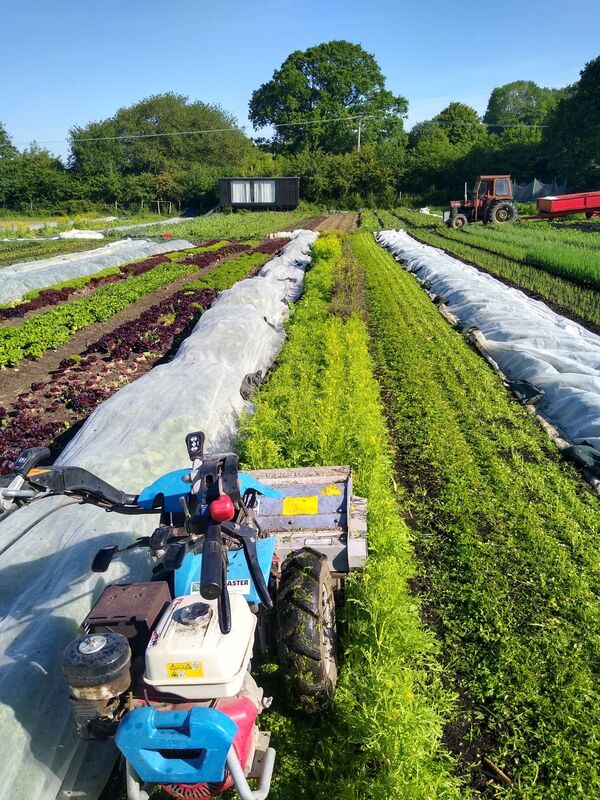
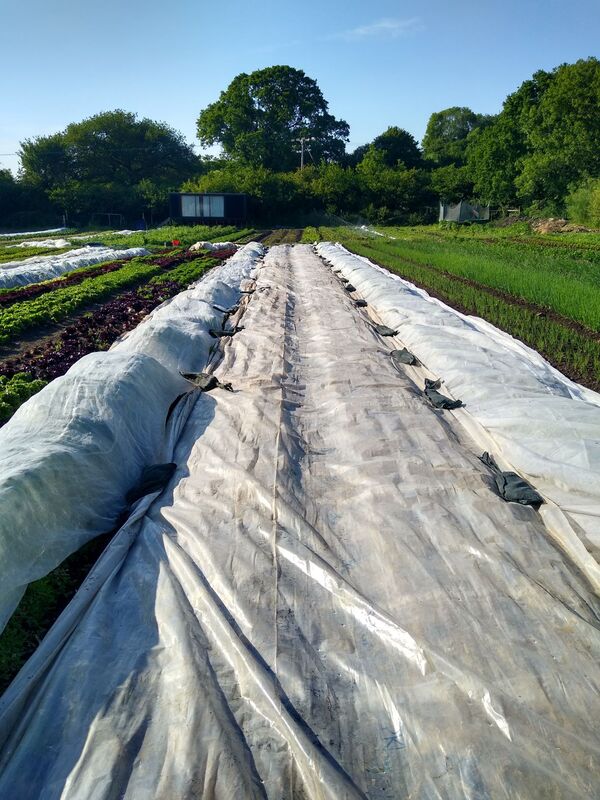
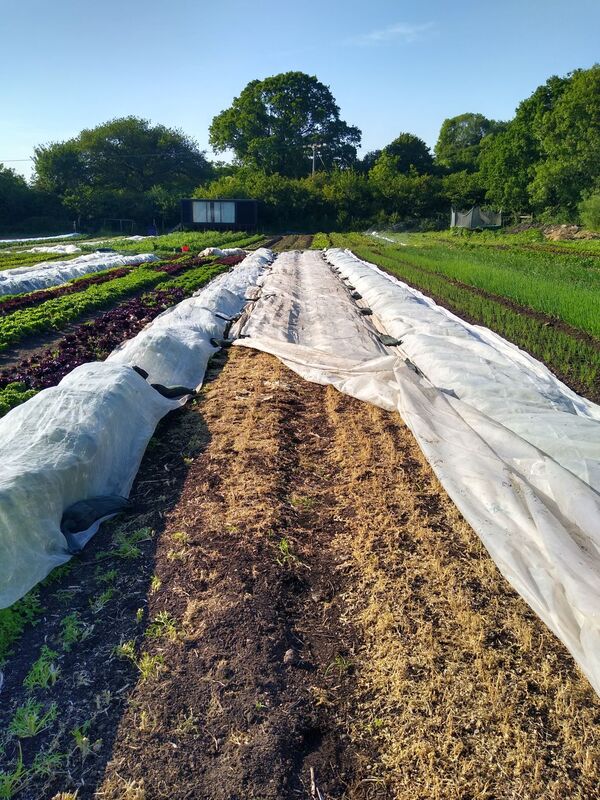


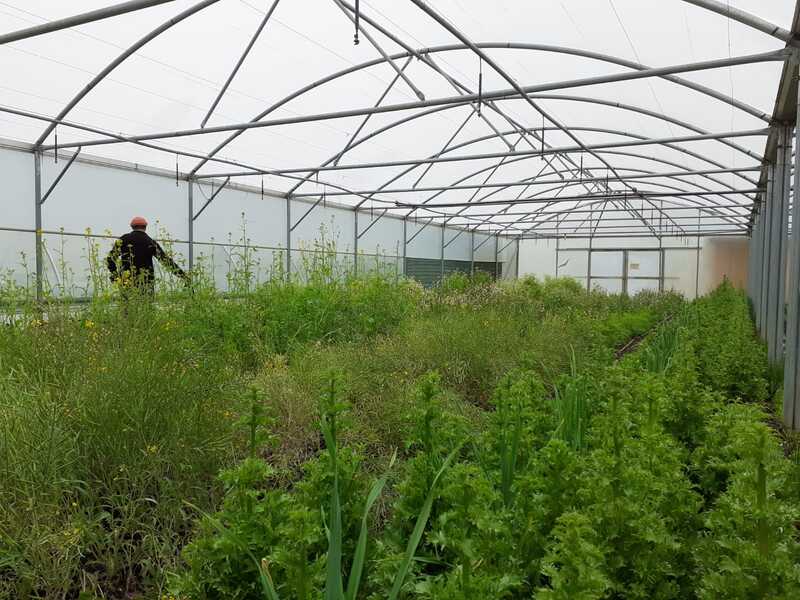
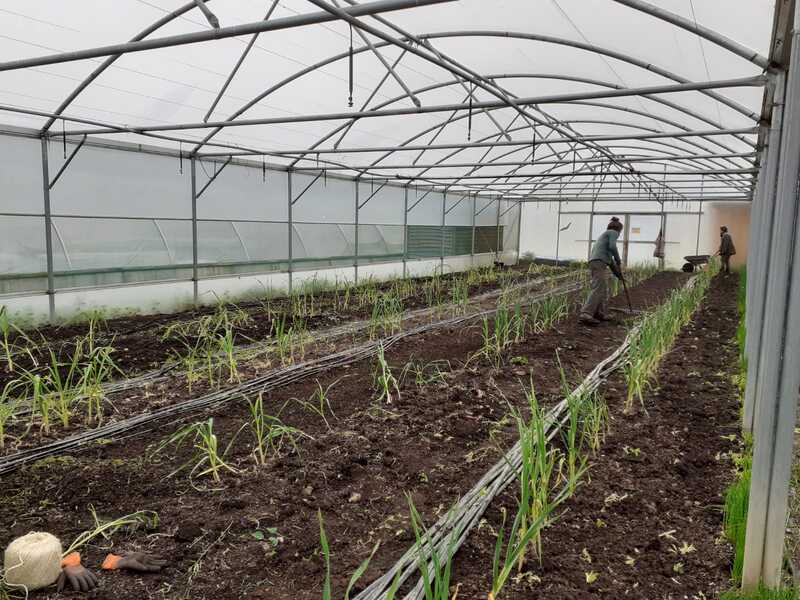
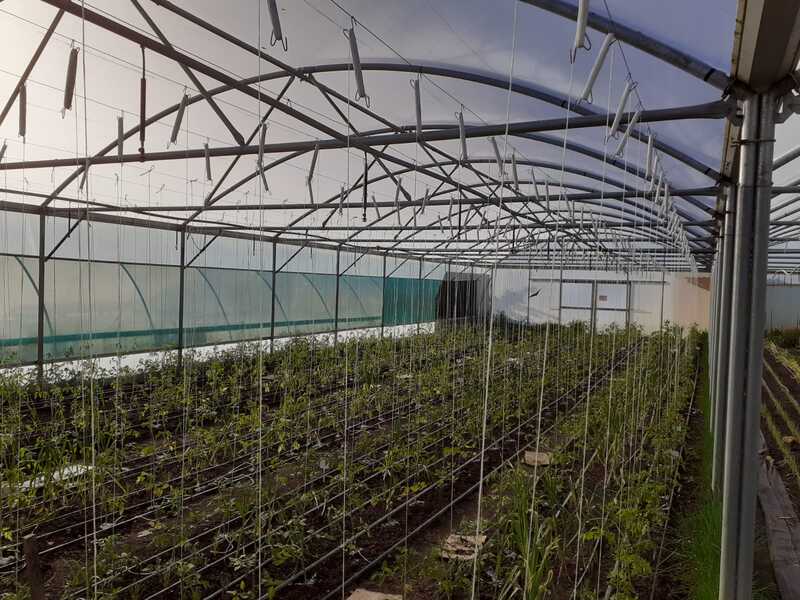
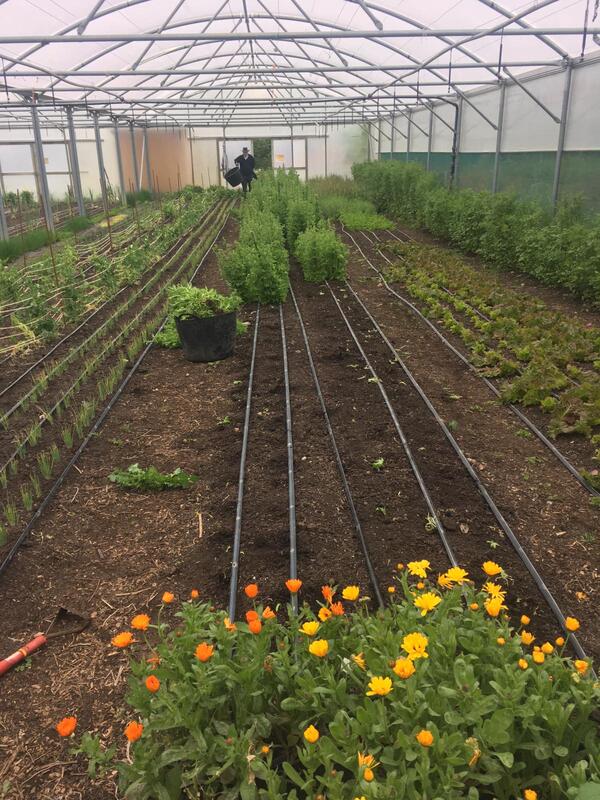


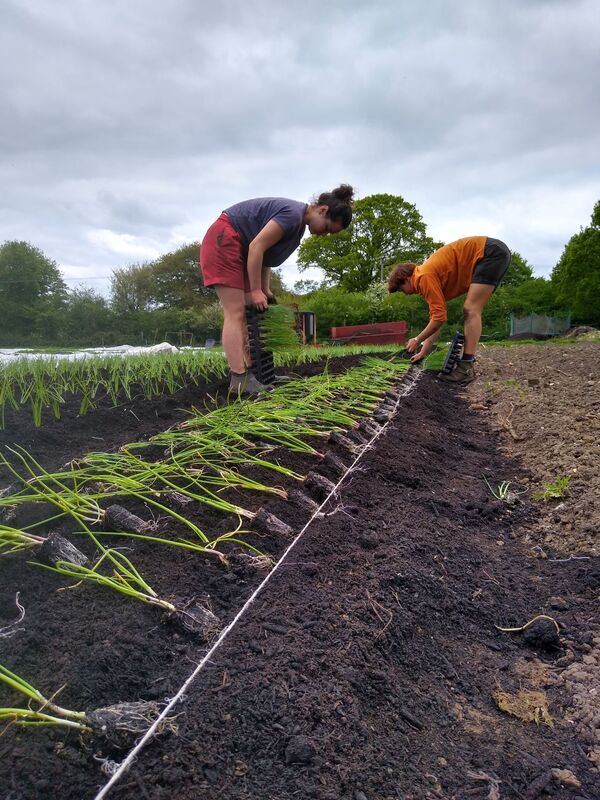

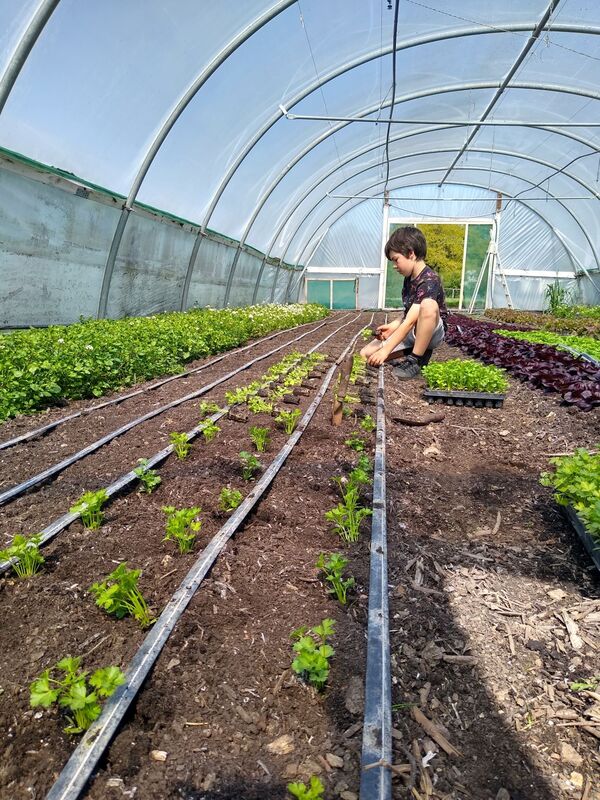

 RSS Feed
RSS Feed